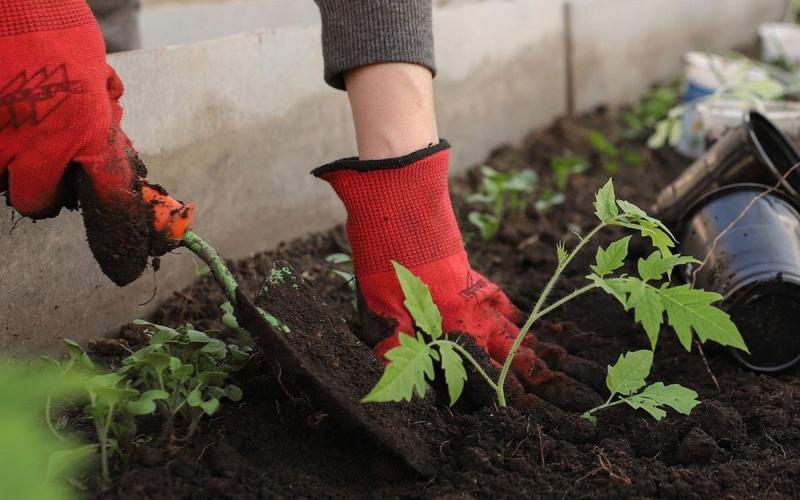Written collaboratively by Cody Molnar and Sara Ogan.
What is Fasciation?
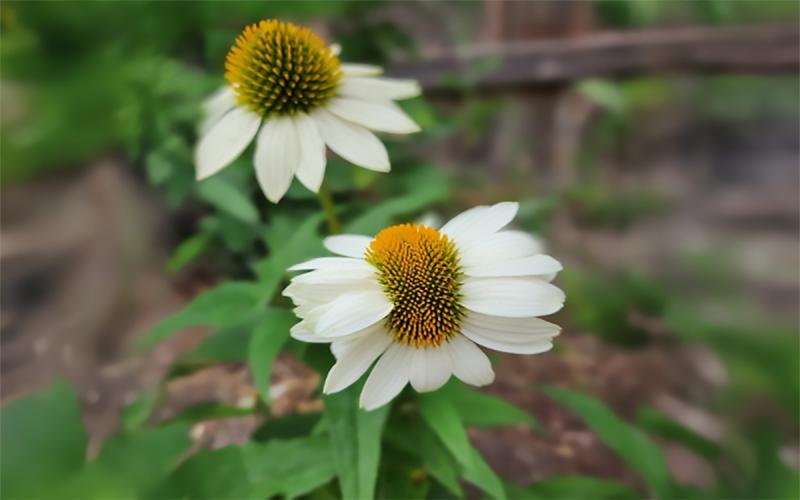
Fasciation is a malformation of plant parts commonly manifested as enlargement, flattening or cojoining. The abnormal growth of plants can be uniquely puzzling and beautiful at the same time. It can occur in almost any part of a plant but is most noticeable in the stems or flowers. Stems may appear flatter and wider than normal; this is sometimes referred to as ribboning. Flowers may look doubled, or as though several have been fused together (Figure 1).
At first glance, a gardener may think the distortions are herbicide damage. Herbicide damage generally results in cupping, twisting, and mild to severe tissue damage. Another plant deformation, witches' broom, may also be mistaken for fasciation. In witches' broom, abnormal growth is found at the end stems as they branch off in bundles, which resemble a broom or a bird’s nest.
What Causes Fasciation?
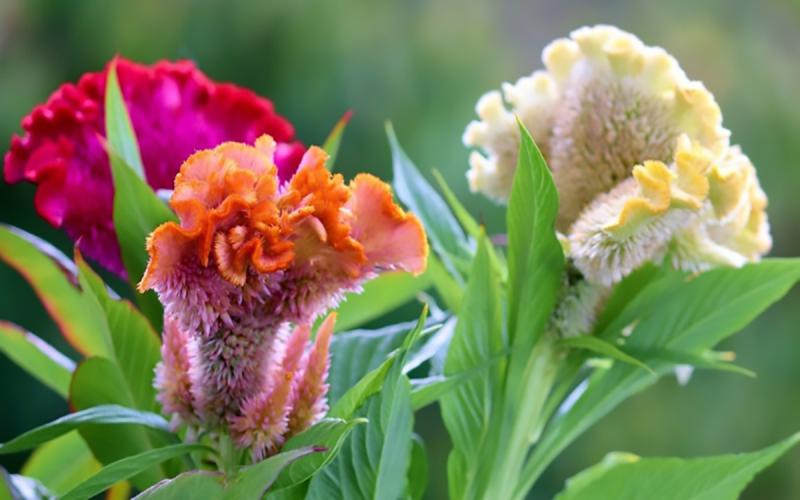
Fasciation arises when a mutation occurs during cells division. The exact reason some plants mutate while others don’t is unknown. Genetic mutations or spontaneous genetic changes can be caused by injury or infection, such as environmental factors (cold or mechanical damage), growth hormones, or pathogens (Rhodococcus fascians).
Fasciation can occur in ferns, woody plants, herbaceous annuals and perennials, fruits, and vegetables. Asparagus, dandelions, coneflower and rudbeckia are some examples of plants that most commonly display fasciation. See Figures 3 to 5 for additional examples.
Some plants have been bred to highlight the mutation of the flowers. Cockscomb Celosia, Celosia argentea, is one example (Figure 2).
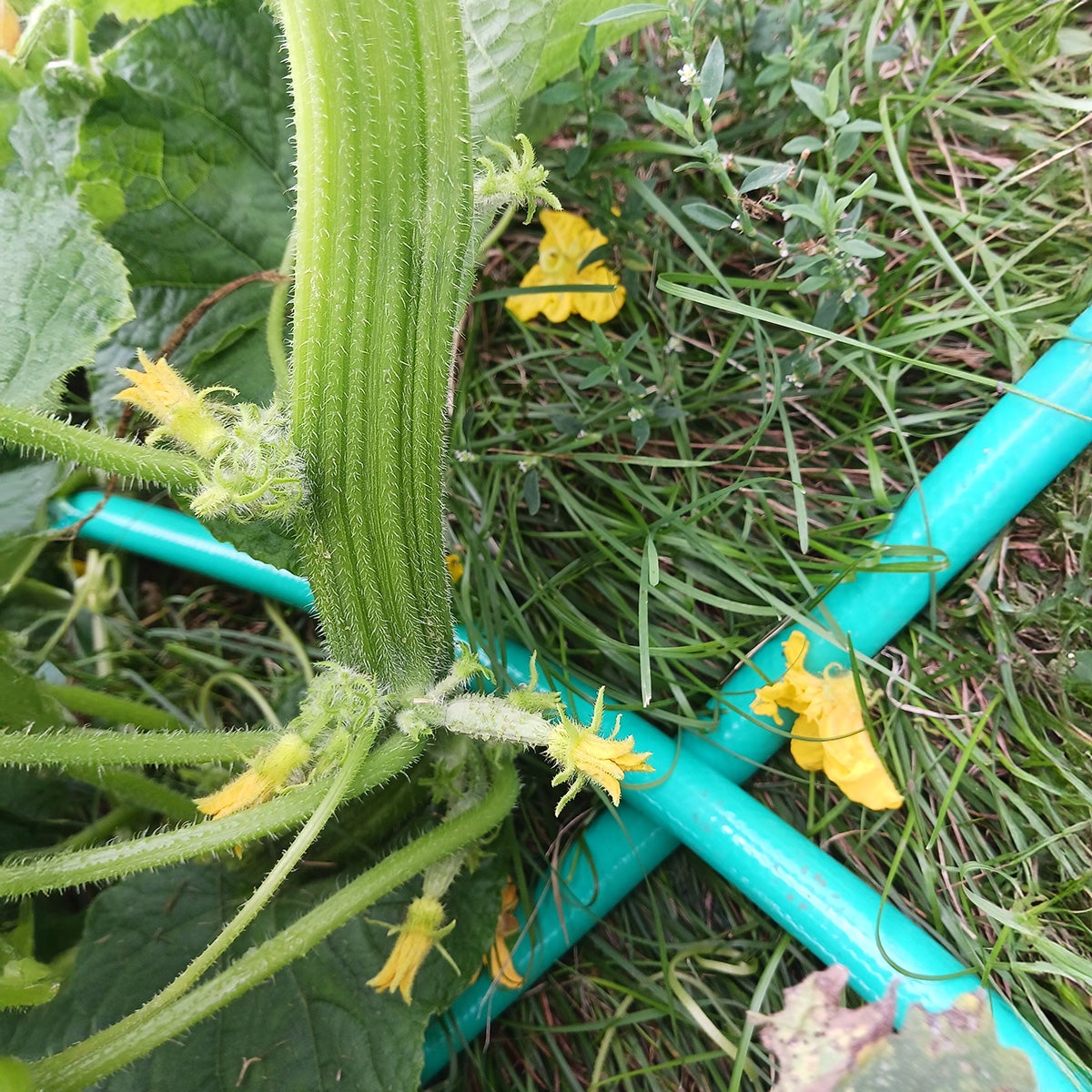
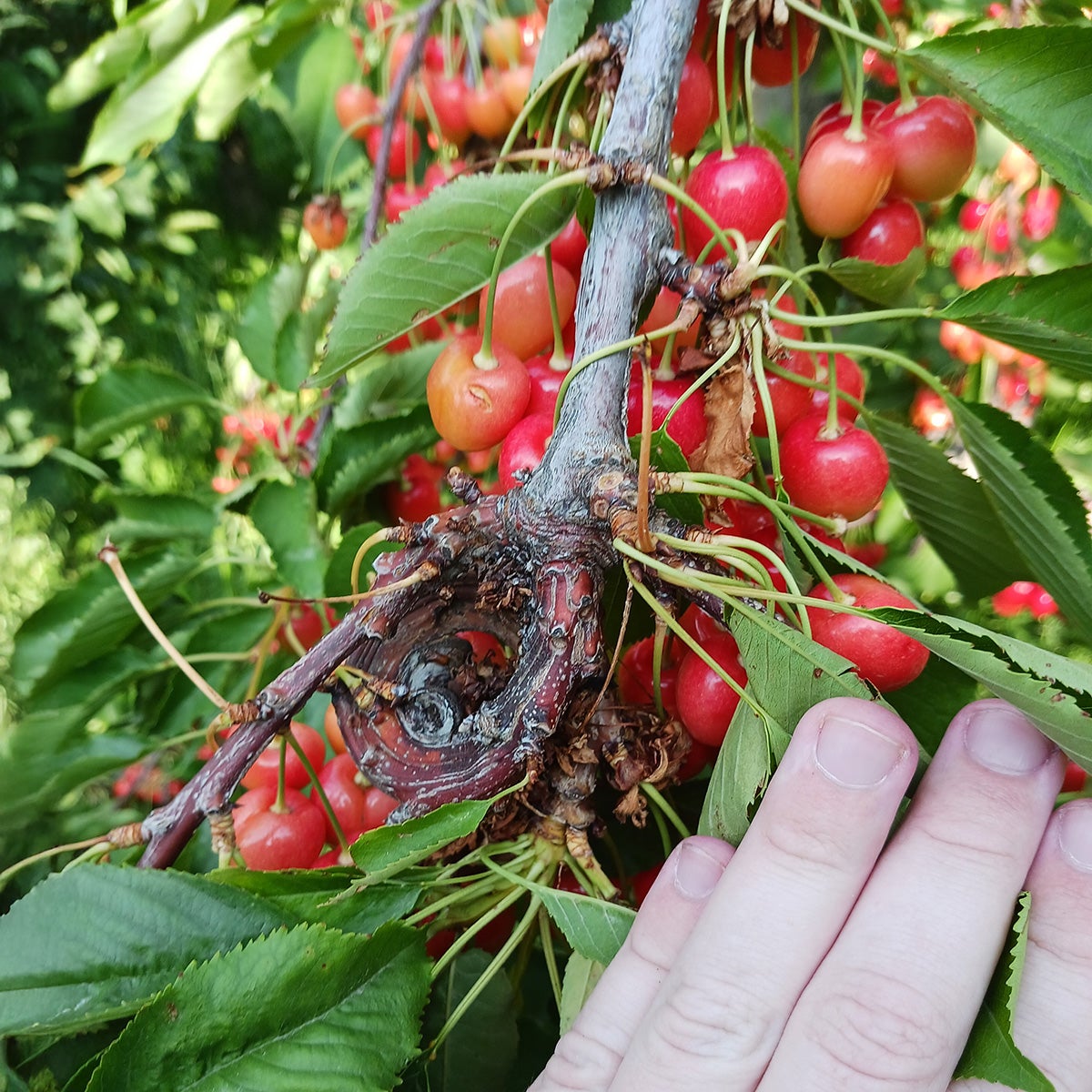
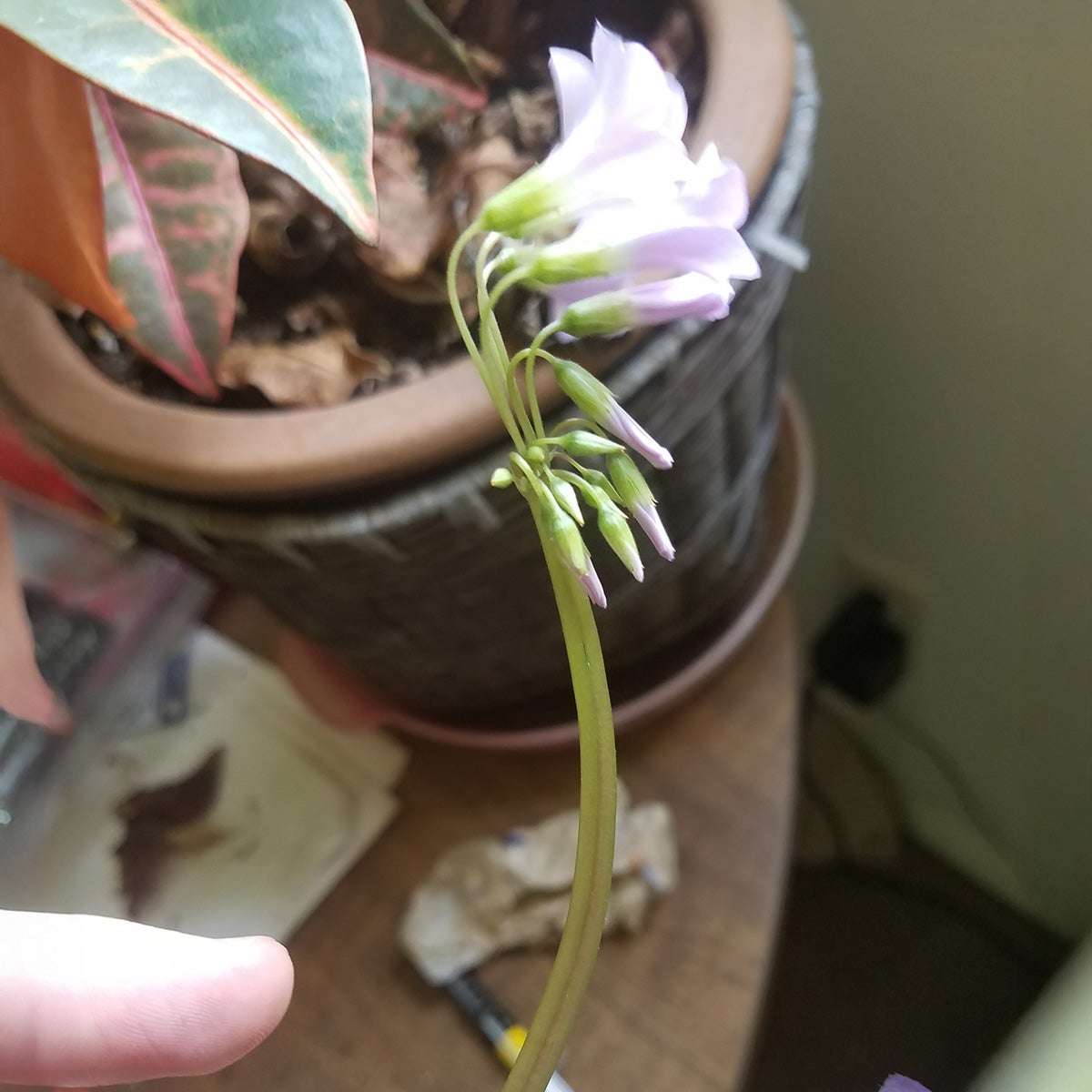
Management in Gardens
Fasciation is a rarity in most home gardens. It is generally not a cause for concern, as the condition which formed the mutation will not likely be duplicated. Prune out affected growth if you don’t like it. If you have determined the fasciation is caused by a disease, dispose of the affected plant immediately.
Seed from affected flowers could carry the genetic mutation to the next generation. Depending on your preference, don’t save the seeds, or it could be a fun experiment to see if the mutation is passed on. Since beauty is in the eye of the beholder, you may become fascinated with fasciation!
References
- Plant of the Week: Fasciated Plants (Crested Plants), University of Arkansas.
- Celosia argentea (Celosia Plumosa, Cockscomb, Cockscomb Celosia, Fairy Fountain, Feather Celosia, Feather Cockscomb, Feathered Amaranth, Lagos Spinach, Plumed cockscomb, Plumeflower, Prince of Wales Feather, Quail grass, Red Fox, Red Spinach, Silver Cocks, North Carolina Extension.
- Fasciation, Backyard Farmer, University of Nebraska-Lincoln.
